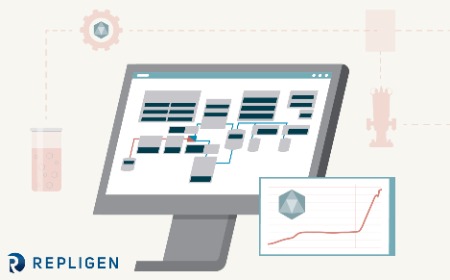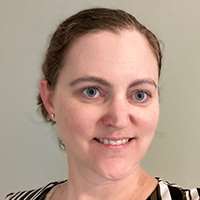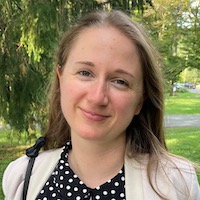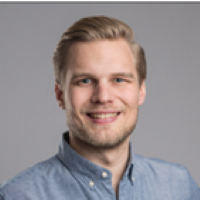Characterization and release testing for AAV therapies: empty/partial/full capsid analysis and impact on potency
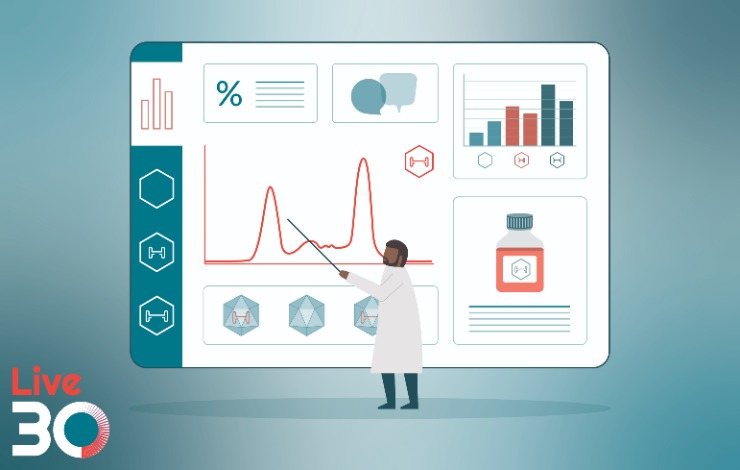
Live30 webinars are thirty-minute presentations designed to update you on the latest innovations, applications, and data in a fast yet interactive format.
The percentage of full and empty capsids in an AAV drug product can significantly affect therapeutic benefit vs immunogenicity risk. Many challenges persist in viral vector manufacturing that can result in the gene of interest not being appropriately packaged in the capsid and therefore not delivered to the patient. However, it is unclear what amount of empty or partially filled AAV capsids can be considered safe, and there is no industry standard for which analytical method should be used to determine this attribute.
Given the product-specific CMC approach required for cell and gene therapy products, developers must decide which analytical methods to apply to a particular product based on its critical process parameters and target product profile.
In this webinar, industry experts will discuss the pros and cons of different analytical methods for phase-appropriate empty/partial/full capsid characterization. Case studies will be shared, demonstrating the importance of analytical reference material for product-specific method development and validation. The impact of percent full capsids on the in vitro potency of an AAV drug product will also be discussed.
- Importance of empty/partial/full capsid characterization of AAV therapies
- Pros and cons of different analytical methods for % full analysis
- How analytical reference material can be generated and used for AAV testing
- Impact of % full capsids on potency
You might also like
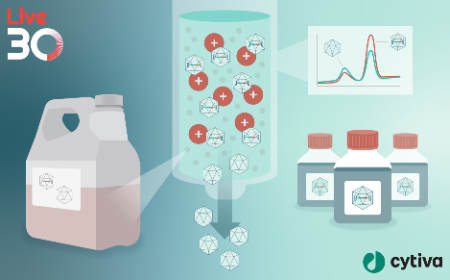
Achieving robust and scalable AAV empty/full capsid separation for gene therapy
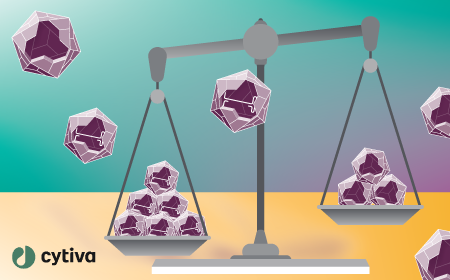
Alternative solutions to separate AAV full and empty capsids using anion exchange
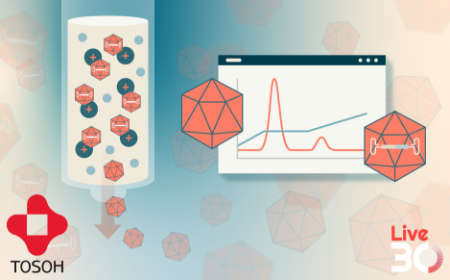
Advances in the separation and analysis of AAV-based gene delivery vectors
